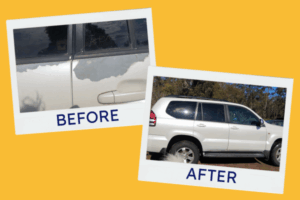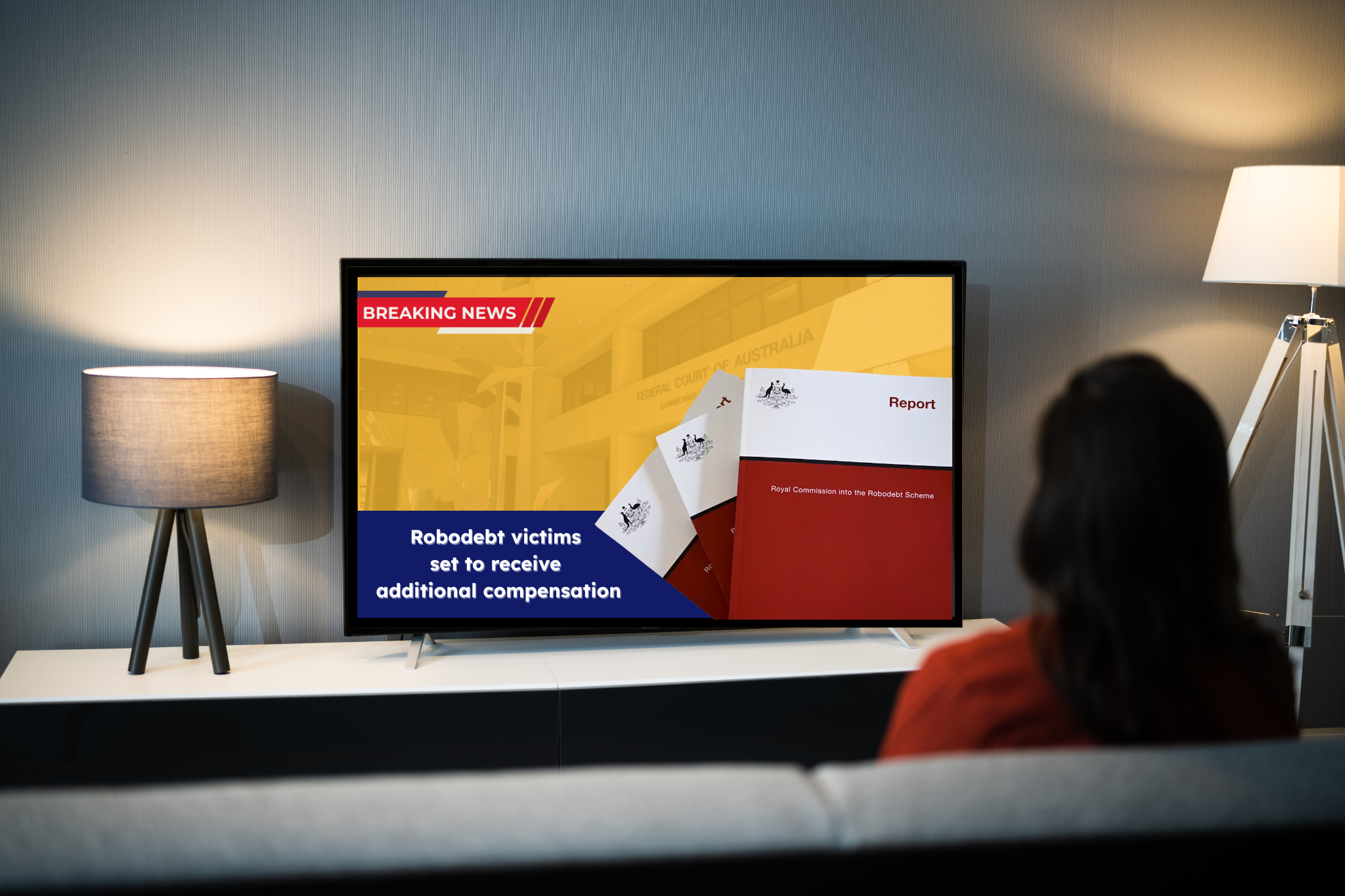
Toyota paint peeling: What you need to know
If you are still wondering whether to join the Toyota paint peeling class action, consider how the car manufacturer has responded to complaints overseas.
Australians have battled for years to get recompense for the unsightly issue, with paint peeling off their vehicles in chunks. This is despite the auto giant admitting there was a problem with a “specific factory-applied paint colour” in 2022.
Frustrated owners formed a Facebook group, which now has more than 7000 members, and enlisted Handle My Complaint to help push for a fair outcome.
The class action, launched in the Federal Court last month on behalf of Toyota Corolla owners, is the latest step to hold Toyota to account.
International response
While the paint peeling issue has been going on just as long overseas, the difference in the Toyota’s response is marked.
In 2020, the manufacturer sent a letter to car owners in Canada outlining a plan to fix vehicles with the peeling white paint. The warranty enhancement program covered a range of models painted with Blizzard Pearl or Super White (040), as far back as 2008.

Like Australian owners, Canadians had previously had their request for repairs rejected, with Toyota saying the warranty had expired. At the time, Canada’s Automobile Protection Association said the coverage was unprecedented, with the limit for defective paint usually about eight years.
In late 2019, Toyota announced a customer support program in the United States covering more than 1.7 million vehicles painted in Blizzard Pearl or Super White. Free repairs were available to owners of 10 different models manufactured from 2008 to 2019, though there were some conditions attached to those repairs.
Australians left hanging
Frustrated owners in Australia thought they might finally get their cars fixed when Toyota Australia acknowledged there was a paint application issue with certain models, including the Corolla and Rukus.
The manufacturer even introduced a warranty extension program offering free repairs for up to 12 years from the first registration. But frustrated owners hoping to have a car they could drive without feeling embarrassed found that the program only covered a select group of vehicles. In many cases, the manufacturer would only cover part of the cost of the repairs or rejected their claim because of the age of the car.
They hope the class action may finally see a change in fortunes. While the Federal Court action, launched by William Roberts Lawyers, only applies to Toyota Corollas manufactured between July 2010 and September 2014, there is scope for it to be expanded.
Omni Bridgeway, which is funding the class action, has urged all Toyota owners affected by the paint peeling issue to register their interest.
Why you should get involved
It is understandable that owners might be fed up trying to get the paint replaced after such a long battle. But it is worth your while joining the class action if you are a Toyota Corolla owner who meets the criteria.
It will not cost you anything, you will be kept informed of the progress and, if the legal proceedings are successful, you may finally get the result you deserve.
Even if you own a different Toyota model with paint peeling issues, you should register your interest. It helps build a stronger case against Toyota and could see the class action expanded to include your vehicle model.

Under Australian Consumer Law, you are entitled to a car of “acceptable quality” and that includes how your car looks, not just how it drives. As much as we would all like to get issues resolved well without seeking legal remedy, sometimes a class action is the only way to hold big companies to account. There is power in numbers.
If you are not sure what you need to do, see our Toyota peeling paint class action page for more information.
Handle My Complaint will always fight for your rights. If you have a peeling paint issue with your Toyota, or any manufacturer, lodge a complaint with us. We ensure we have all the relevant information to push for a resolution, as well as the evidence required to help make Toyota accountable for vehicles not yet covered under the class action.






